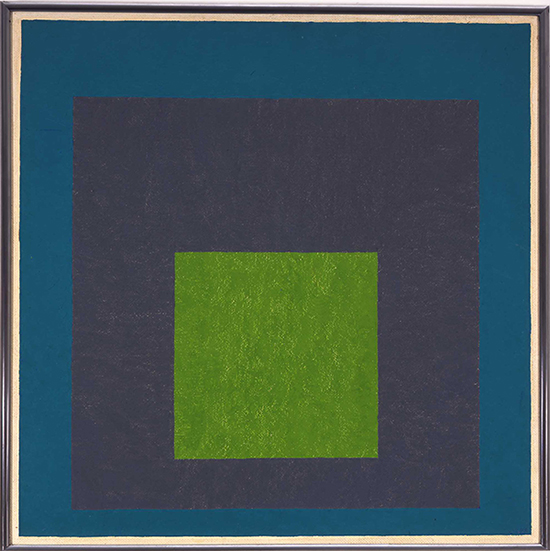The History of Perception
January 9 to April 22, 2018

Sensory perception is a complex combination of physiological, psychological, cultural, social, and political factors. As a result, perception has a history: different groups of people in different times and places have, quite literally, perceived the world in very different ways.
This exhibition explores the history of perception through the lens of visual art and serves as primary source material for a University of Chicago class of the same title. Drawn from the Smart Museum’s collection, the works on view illustrate a spectrum of perceptual interests—from social consequences to optical dimensions. As part of the class, students will write accompanying label texts for the exhibition and explore qualities of perception through performance and other experiences.
The History of Perception was first incubated during a class visit to the Smart's study room and is one of several concurrent exhibitions that showcase the ways in which the Smart Museum engages with and shares the intellectual life of the University with the broader public.
Artists
Magdalena Abakanowicz
Josef Albers
Robert Arneson
Jean Arp
Zeke Berman
Charles Biederman
Antony Gormley
Robert Irwin
June Leaf
Danny Lyon
Kenneth Noland
Dieter Roth
Carrie Mae Weems
Top: Installation view of The History of Perception, with (left to right): Jean Arp, Silent Sculpture: Crow, 1942;, Magdalena Abakanowicz, Structure Black, 1971-72; and Kenneth Noland, Away, 1964.
Above right: Josef Albers, Homage to the Square: Greene Myth, 1954, Oil on board in original polished metal frame specified by the artist. Smart Museum of Art, The University of Chicago, Gift of Jack Ringer, from the collection of Lotta Hess Ringer, Ph.B, 1929, 2002.24.







